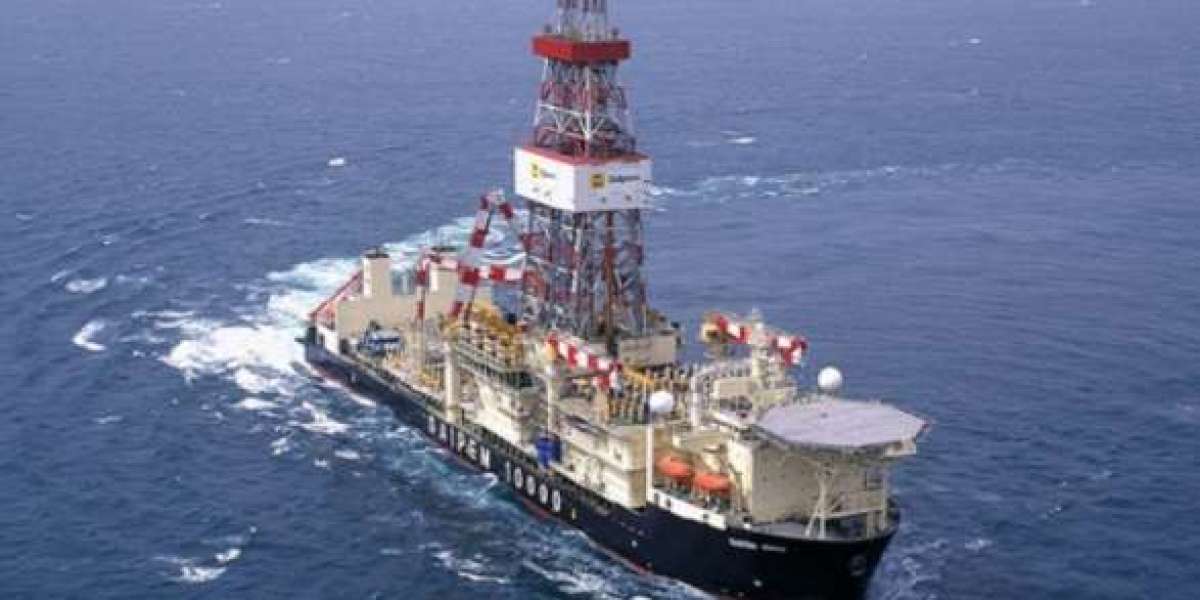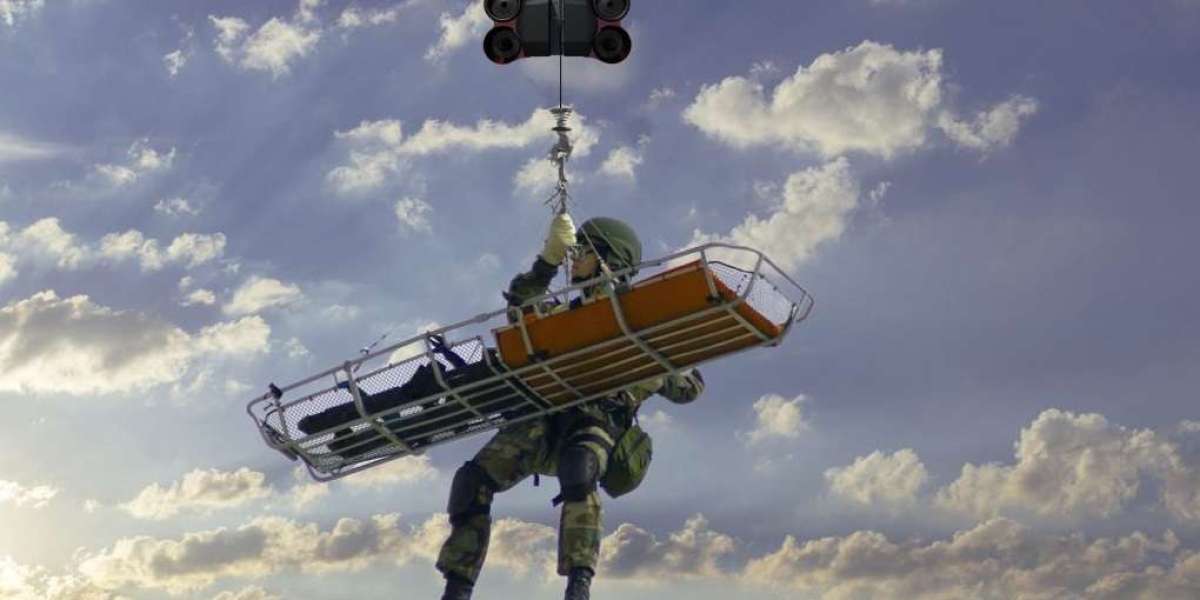In this blog post, we'll delve into how drill ship technology is revolutionizing this vital industry.
Enhanced Mobility:
Traditional offshore platforms are fixed structures, limiting exploration to specific locations. Drill ships, on the other hand, offer unparalleled mobility. These vessels can navigate the open seas, reaching remote and previously inaccessible areas. This mobility not only expands the scope of exploration but also enables operators to respond swiftly to changing market dynamics and locate untapped reserves.
Dynamic Positioning Systems:
One of the most remarkable features of drill ships is their advanced dynamic positioning (DP) systems. These systems utilize thrusters and GPS to maintain the vessel's position with pinpoint accuracy, even in rough seas and challenging conditions. By eliminating the need for mooring, DP technology enhances safety and operational efficiency, allowing drilling operations to proceed with precision and confidence.
Deepwater Capabilities:
As shallow-water reserves become increasingly depleted, the industry is turning its attention to deeper offshore regions. Drill ships are at the forefront of this shift, equipped with state-of-the-art drilling equipment capable of operating in ultra-deepwater environments. With the ability to reach depths of several thousand meters, these vessels are unlocking new frontiers in offshore exploration and production.
Integrated Facilities:
Modern drill ships are more than just floating platforms for drilling operations. Many feature integrated facilities for housing personnel, storing equipment, and processing extracted hydrocarbons. This self-sufficiency reduces reliance on onshore support infrastructure and streamlines operations, leading to greater efficiency and cost-effectiveness.
Remote Monitoring and Automation:
Advancements in digital technology have transformed the way offshore drilling operations are conducted. Drill ships are now equipped with sophisticated monitoring systems that collect real-time data on various parameters, from drilling performance to environmental conditions. Automated processes further enhance efficiency and safety, allowing crews to focus on critical tasks while algorithms optimize operations.
Environmental Considerations:
In an era of increasing environmental awareness, the offshore drilling industry faces mounting pressure to minimize its ecological footprint. Drill ships incorporate various features designed to mitigate environmental risks, such as advanced spill prevention and response mechanisms, as well as emissions-reduction technologies. By prioritizing environmental stewardship, these vessels are helping to ensure the sustainability of offshore drilling activities.
Future Innovations:
The evolution of drill ship technology shows no signs of slowing down. Researchers and engineers are continuously exploring innovative solutions to enhance safety, efficiency, and sustainability. From advanced materials and propulsion systems to robotics and artificial intelligence, the next generation of drill ships promises to further push the boundaries of offshore exploration and production.
Conclusion:
Drill ships represent the pinnacle of innovation in offshore drilling technology. With their unmatched mobility, advanced systems, and environmental consciousness, these vessels are driving the industry forward into new realms of possibility. As global energy demand continues to rise and traditional reserves dwindle, the role of drill ships in unlocking the potential of the world's oceans will only become more crucial. In the quest for energy security and sustainability, these floating marvels are truly charting a course towards a brighter future.








